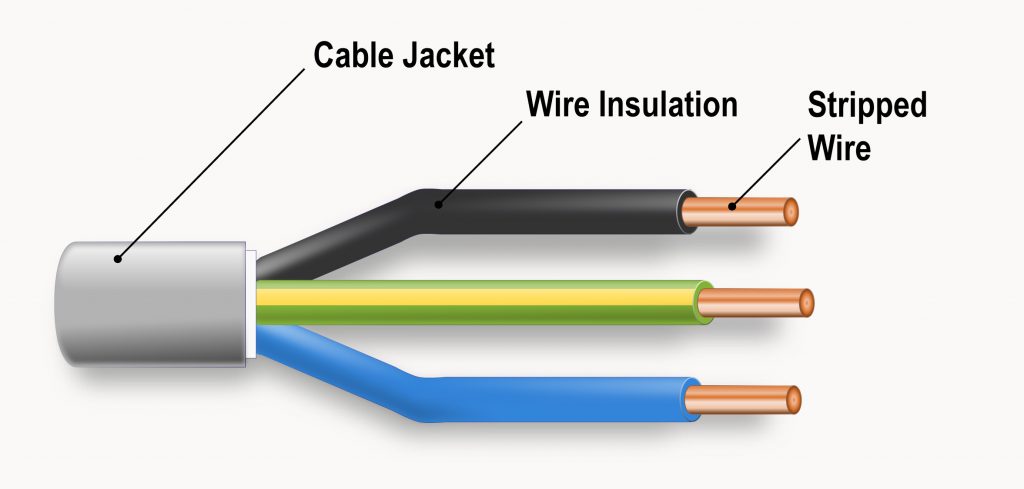1.8 Tool & Shop Safety
Tools are such a common part of our lives that it is difficult to remember that they may pose hazards. Tragically, a serious incident can occur before steps are taken to identify and avoid or eliminate tool-related hazards.
Five basic safety rules can help prevent hazards associated with the use of hand and power tools:
- Keep all tools in good condition with regular maintenance.
- Use the right tool for the job.
- Examine each tool for damage before use and do not use damaged tools.
- Operate tools according to the manufacturers’ instructions.
- Provide and properly use appropriate personal protective equipment.
Tool Safety Video
Hand Tool Safety
Hand tools are tools that are powered manually and include anything from axes to wrenches. The greatest hazards posed by hand tools result from misuse and improper maintenance.
Some examples include the following:
- If a chisel is used as a screwdriver, the tip of the chisel may break and fly off, hitting the user or other employees.
- If a wooden handle on a tool, such as a hammer or an axe, is loose, splintered, or cracked, the head of the tool may fly off and strike the user or other employees.
- If the jaws of a wrench are sprung, the wrench might slip.
- If impact tools such as chisels, wedges, or drift pins have mushroomed heads, the heads might shatter on impact, sending sharp fragments flying toward the user or other employees.
Guidance on hand tool use:
- Wear safety glasses when striking objects with tools or the potential for breakage, chips, dust or any other hazard exists.
- Tap fasteners such as nails to start.
- Remove free hand to avoid impact to hand and fingers before striking fastener with force.
- Do not cut towards yourself with sharp tools.
- Avoid storing sharp tools with sensitive tools and equipment.
- Be cautious of wrenches and tools slipping from fasteners to avoid hand injuries and loss of balance.
- Use insulated tools when working with energized circuits.
- Do not operate power tools with cut or frayed power cords, or inoperable or missing safety guards or devices.
- Never carry sharp tools in your pockets.
Power Tool Safety
Employees using electric tools must be aware of several dangers. Among the most serious hazards are electrical burns and shocks.
Electrical shocks, which can lead to injuries such as heart failure and burns, are among the major hazards associated with electric-powered tools. Under certain conditions, even a small amount of electric current can result in fibrillation of the heart and death. An electric shock also can cause the user to fall off a ladder or other elevated work surface and be injured due to the fall.
To protect the user from shock and burns, electric tools must have a three-wire cord with a ground and be plugged into a grounded receptacle, be double insulated, or be powered by a low-voltage isolation transformer. Three-wire cords contain two current-carrying conductors and a grounding conductor. Any time an adapter is used to accommodate a two-hole receptacle, the adapter wire must be attached to a known ground. The third prong must never be removed from the plug.

Electrical cable diagram by Marekich is licensed under CC BY-SA 3.0
Double-insulated tools are available that provide protection against electrical shock without third-wire grounding. On double-insulated tools, an internal layer of protective insulation completely isolates the external housing of the tool.
The following general practices should be followed when using electric tools:
- Wear appropriate eye and hearing protection.
- Read manual and operate electric tools within their design limitations.
- Ensure tool is in the off position prior to connecting to outlet.
- Use gloves and appropriate safety footwear when using electric tools.
- Always use a GFCI protected device for outside and damp location power tool use.
- Do not use electric tools in damp or wet locations unless they are approved for that purpose.
- Do not use portable power tools which have cords that are cut, frayed, or separated from the tool housing. Such cords should be repaired before continued use.
- Keep work areas well lighted when operating electric tools.
- Ensure that cords from electric tools do not present a tripping hazard.
- Never place power cords over shoulders or around neck.
- Secure long hair and loose clothing prior to power tool use.
- Allow the tool to do the work. Never force or apply excessive pressure to the tool.
- Maintain sure footing and well balanced stance.
Additional practices for storage, transportation and maintenance:
- Unplug or remove batteries from power tools before changing accessories.
- Keep tools and equipment well maintained, i.e. blades sharp, cords well maintained, guards in good working order, etc. Store electric tools in a dry place when not in use.
- Do not carry tools by the power cord.
- Make sure that long extension cords are sufficiently large in size to carry the current (amps) necessary for the tools being used. Sufficiently large wire size in cords will help avoid large voltage drop and tool burn-out.
Content augmented with material by: https://www.osha.gov/Publications/osha3080.html
Refer to Tool Choices and Application for safety related to specific hand and power tools.
